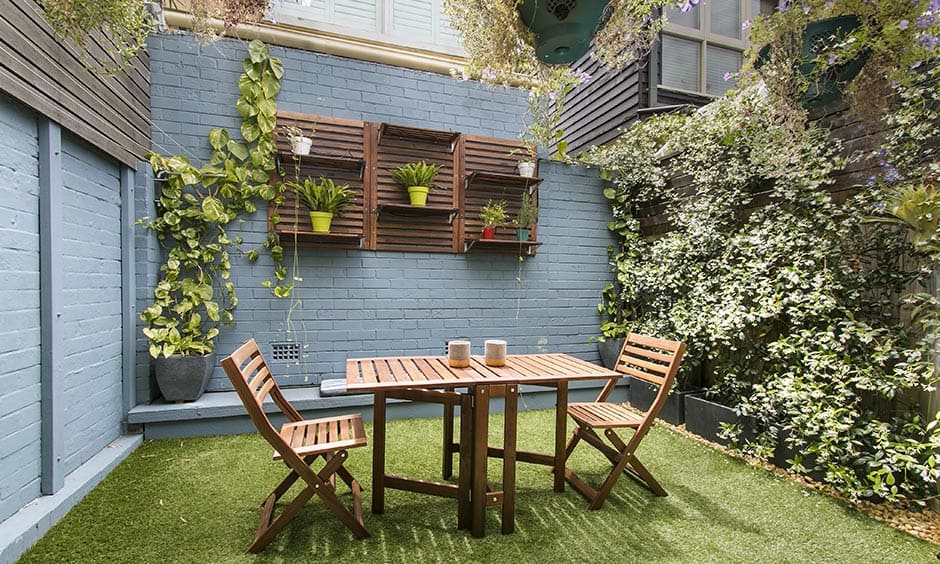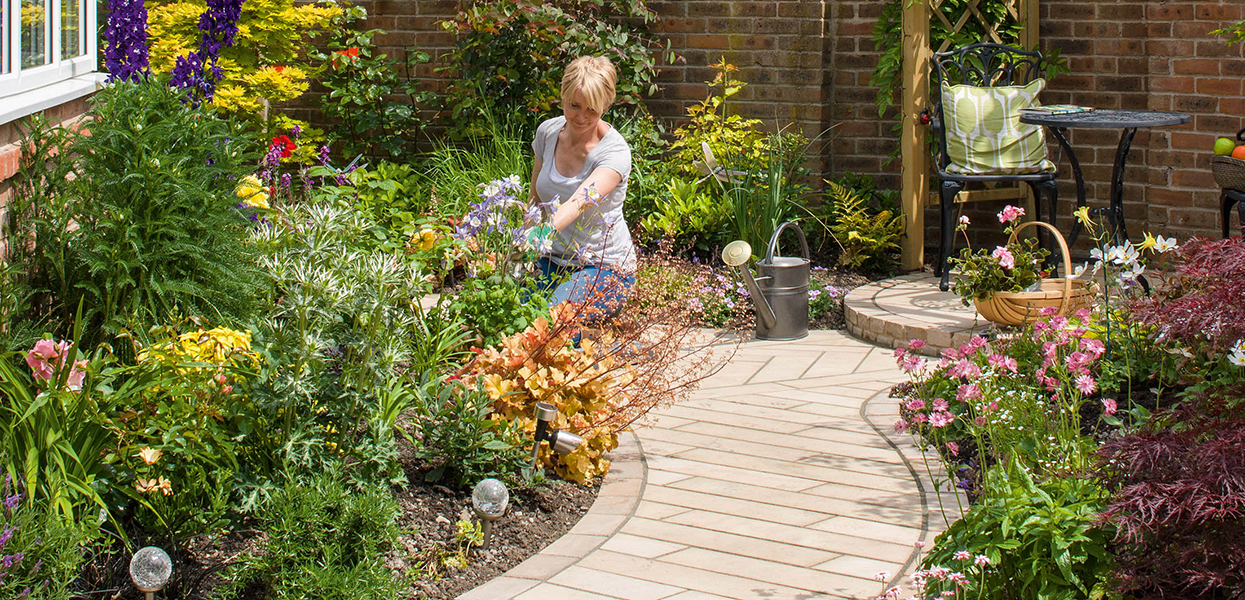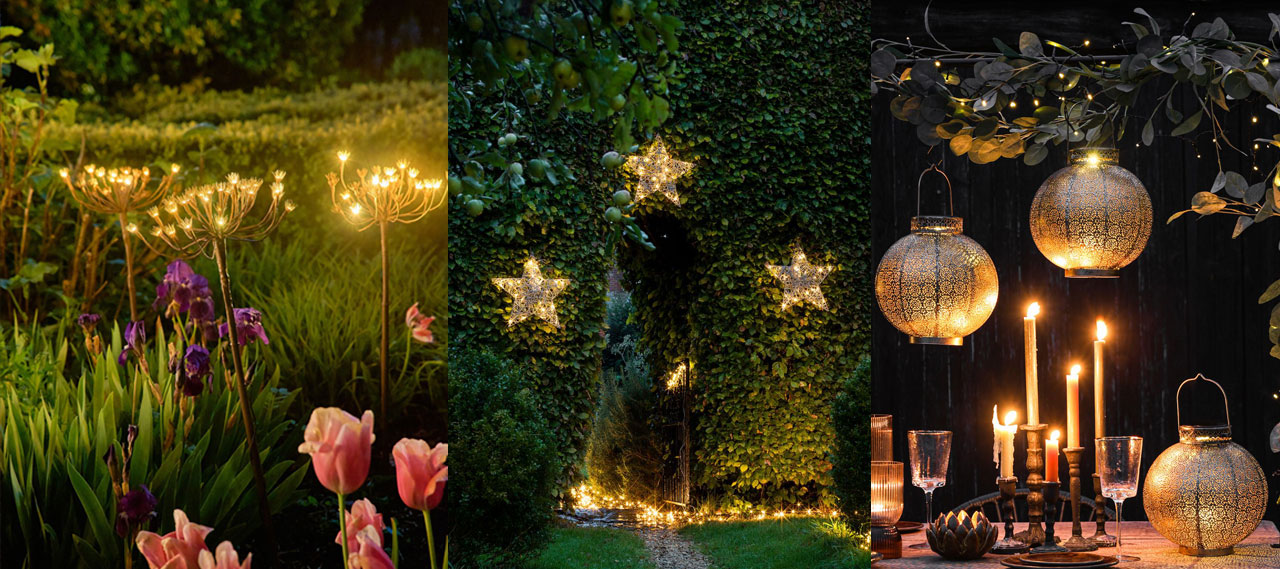
When it comes to home design, we often invest a significant amount of time and effort in creating a stylish and comfortable interior. However, our gardens are sometimes neglected in this process.
The truth is, your exterior space can be an extension of your interior style, offering a seamless transition between the indoors and outdoors. By incorporating interior design principles into your garden, you can create a harmonious and visually appealing living environment. One effective way to achieve this is by carefully choosing and placing shrubs and hedges that add not only colour but also texture to your outdoor space.
Adding Colour and Texture Through Planting

Plants are a natural way to introduce life and vibrancy to any space, and your garden is no exception. Incorporating a wide variety of nandina, a versatile shrub known for its colourful foliage, is an excellent way to infuse your garden with visual interest. Nandina, also known as heavenly bamboo, boasts an array of leaf colours ranging from rich green to deep reds and purples, bringing the same level of thoughtfulness you’d apply to selecting paint for your living room walls.
By strategically placing nandina in different corners of your garden, you can create focal points that draw the eye and establish a sense of balance. Mixing the different varieties of nandina not only adds a pop of colour but also offers a diversity of textures, as their leaves can range from delicate and feathery to more substantial and bold. This textural variety can be likened to the texture differences you might achieve by combining plush cushions with textured throws in your lounge.
Extending Your Design Aesthetic
Beyond planting shrubs, there are numerous ways to harmonize your interior style with your garden design. One effective approach is to carry your indoor colour palette to the outdoors. Just as you select furniture and decor that align with your preferred hues indoors, you can extend these colour choices to your garden furniture, cushions, and even pots. This creates a cohesive look that bridges the gap between the two spaces.
Furthermore, consider the materials used in your interior design. If your home boasts a contemporary, sleek aesthetic with metal and glass elements, you can echo these materials outdoors through carefully chosen garden furniture, sculptures, or even water features. On the other hand, if your interior leans towards a more rustic charm with wood and stone, carry these natural elements into your garden through wooden decking, stone pathways, and garden ornaments that complement this style.
Furnishing the Outdoors
Bringing your interior style into your garden isn’t just about the plants and materials; it’s also about the furniture you select. Treat your outdoor seating arrangements with the same attention to comfort and aesthetics as you would your indoor furniture. Plush cushions and throw pillows not only add comfort but also allow you to experiment with patterns and colours that resonate with your interior design theme.
Creating distinct areas within your garden, much like you would differentiate a living room from a dining space indoors, can also enhance the overall ambiance. An outdoor dining set under a pergola or a cosy reading nook with a comfortable armchair can extend the functionality of your living space into the garden while maintaining the style you’ve carefully curated inside.
Lighting and Ambiance

Just as lighting plays a crucial role in setting the mood indoors, it’s equally essential outdoors. Thoughtful lighting transforms your garden into a magical space, perfect for evening relaxation or entertaining guests. String lights or fairy lights can be draped across trees or along fences to create a whimsical atmosphere reminiscent of indoor pendant lighting. Additionally, well-placed lanterns or sconces can provide both practical illumination and a touch of sophistication, aligning with the indoor lighting fixtures you’ve chosen.
In conclusion, neglecting your garden when it comes to interior design is a missed opportunity to create a holistic living environment. By thoughtfully incorporating elements such as a wide variety of nandina shrubs, extending your design aesthetic, carefully choosing outdoor furniture, and paying attention to lighting, you can seamlessly connect your interior style with your outdoor space. Remember, your garden is an extension of your home, and by treating it with the same consideration and creativity, you’ll enhance not only your living experience but also the overall visual appeal of your property.

